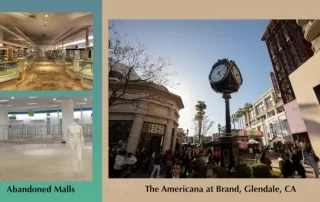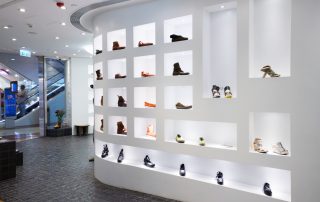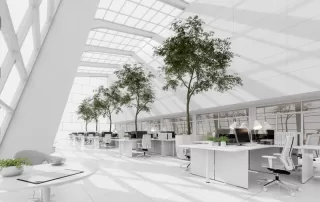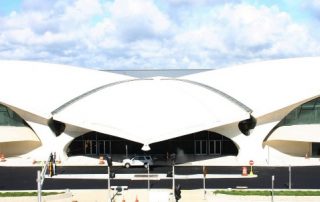Information on commercial design for business, including offices, restaurants, retail stores and other spaces.
From Shopping Meccas to Lifestyle Hubs: The Evolution of the Mall
A Cultural Icon in Flux Do you remember teenagers roaming the food courts in your local mall? Or the family outings to the shopping mall on the weekend? These activities, once frequent features of suburban life, have shifted quite visibly. In the last few decades, the mall has faced significant disruption. As online shopping surges











